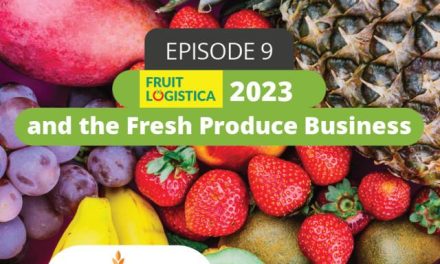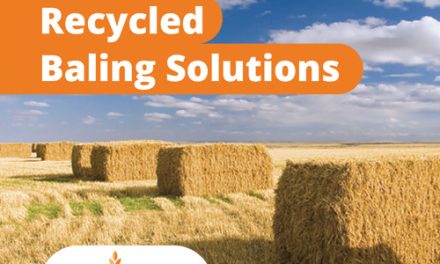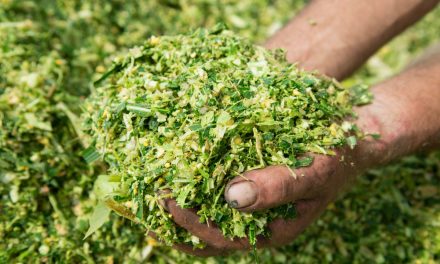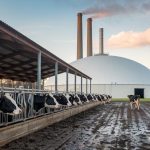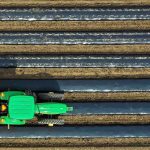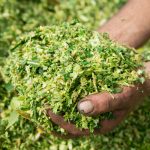
The importance of using Oxygen barrier films (OBF) to increase profits on your farm


“Farmers are losing money from spoiled silage, which has to be discarded, and from decreased nutritional value of the silage itself,” stated Professor Keith Bolsen of Kansas State University in 2012 and unfortunately, this remains the case nowadays. More specifically, for 2012, a quarter of a billion dollars every year…The reason? Sometimes it is as simple as not sealing the silage properly or, even worse, leaving it unsealed thinking that we will save some money on unnecessary plastics. In this post we will talk about the solution to this type of problem with the use of barrier films.
But among so many available plastics, which is the right one? What should we consider? For Bolsen, the key is to select plastics that include an oxygen transmission rate (OTR), which is basically the measure to determine how effective our material is in preventing the entry of oxygen. Of course, this OTR should be backed up by data from laboratory tests. The lower the OTR factor, the lesser oxygen permeability of the plastic and, therefore, we will have much better results. The objective is to keep the fodder protected and with the least possibility of oxygen flowing through the silage.
What is the influence of oxygen and why can it be so bad for our animal fodder?
The reasons are explained by Bolsen himself in his article “Silage plastic: Looks can be deceiving”:
- Increases the chances of loss of dry matter (DM)
- Influences the growth of bacteria that damage our food
- Increases the chances of mould or mycotoxins appearing
- Additionally, it deteriorates the silage that affects the fibre digestion of bacteria that are necessary for animal feed.
Why do you lose money for not using plastics? The main issue is the wastage that is generated from the silage in bad condition, mainly due to the presence of oxygen or water contamination; on the other hand, unprotected silage will rapidly lose its nutritional value and more kilograms of fodder would be needed to feed the same animal. Therefore, all these factors increase the operational costs of feeding, the movement of the materials and the slurry (manure) management for example.
Regarding the nutritional value of the food, a study from the University of Delaware shows that the yeast from deteriorated silage reduces the ability of rumen bacteria to digest fibre, and why are these bacteria necessary? Basically, because they help to transform the forage into energy and protein for the animals. The operational costs can develop also into a health issue.
As Bolsen explains, it is not enough to cover the food with several plastics, the existence or presence of this barrier factor is essential to avoid oxygen passage as much as possible.
That OTR previously mentioned is expressed in cubic centimetres of oxygen per square meter in a period of 24 hours. As Bolsen says, this measure in silage plastics can vary between 6,000 and less than 30 cm3/m2 per day, and the key, as we have said, is to keep this number as low as possible.
Why is it important to have a barrier film?
True Oxygen barrier plastics reduce the flow of oxygen to/from the silage fodder. Plastics although waterproof, are permeable to oxygen, therefore only the use of special barrier product, as OBF, will guarantee reaching the goal of an optimal nutritional fodder) success for achieving optimal nutritional fodder.
The calculation is very simple, the increase in the cost of the food storage process does not come precisely from the purchase of plastics, which is basically insignificant compared to many other factors such as land rent, planting, seeds, cost of fertilizers, harvest, labour… However, the value provided by using a OBF with low OTR permits to avoid raising those operational costs as well as ensuring the improvement of the economic value of your animals by feeding on a silage with greater nutritional value.
Variables to choose a barrier film
Again, the variables that we should consider in the technical sheets of barrier films, which cannot be limited only to price, can serve as a check-list before we choose one:
- The rate of oxygen transmission (OTR), the lower the better.
- Technical Data that supports the OTR such as laboratory studies and independent certifications by third parties, as for example: ISO certifications in Europe or ASTM in America.
- The optimal thickness of the material that will ensure easy installation, create the necessary vacuum effect and operate efficiently combined with the bunker cover.
- The mechanical properties to make it more resistant to tearing, impact, elongation, or traction. Silage bunker covers go through a lot of wear and tear and must be designed to ensure that no external contamination occurs (water, animals, etc.).
- The technology used for its manufacture, since the new product designs require a better mix of plastic resins and additives (barrier, UV,…) and multilayer coextrusion, that imperatively requires at least 5 layers coextruded OBF.
We invite you to watch our video on the trend of the use of combined films: Silo film and underlayer sheets that serve as an internal barrier to create the vacuum effect and absorb oxygen within the forage.


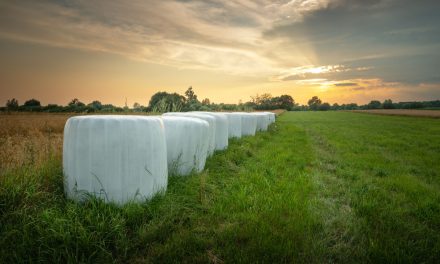
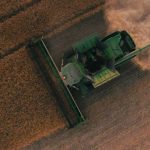

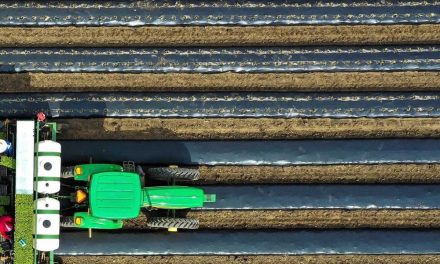



![[eBook Trends in Agriculture Plastics] Increasing use of biodegradable mulch](https://agriplasticscommunity.com/wp-content/uploads/550 × 310_2_ENG-440x264.png)
![[eBook Trends in Agriculture Plastics] Reducing the plastic used in the manufacture of agricultural films](https://agriplasticscommunity.com/wp-content/uploads/550 × 310_1_ENG-440x264.png)






